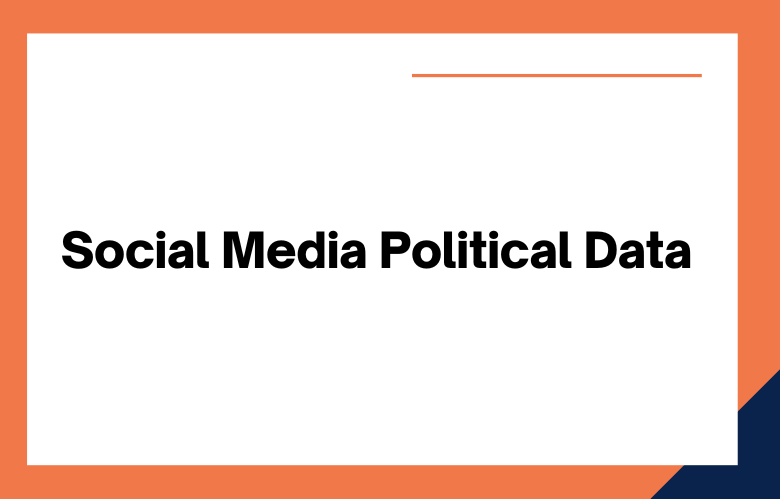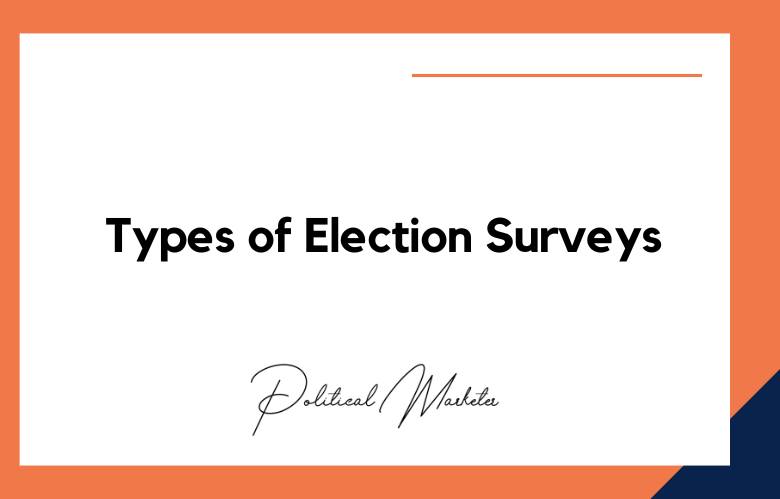If you’re running a political campaign, you know that social media is a powerful tool for reaching voters and engaging with your base.
But with so many platforms and content to produce, it can take a lot of work to keep track of everything.
That’s where a social media marketing calendar comes in. A social media calendar is an essential tool for any political campaign. It will help you keep track of your content, plan your postings, and ensure you’re reaching your target audience.
Here are some best practices for using a social media calendar for your political campaign.
Why need a Social Media Marketing Calendar?
A social media marketing calendar will help you track your content and ensure consistency with your overall brand message.
It will also help you track activity levels and follower engagement to adapt your strategy quickly if something isn’t working.
Creating Your Calendar
The first step in creating your calendar is to choose the platforms you want to focus on.
There are more social media platforms, and being active is impossible.
Choose the most popular with your target audience and focus your energy there.
Next, you must decide what content you want to post. Do you want to post daily updates or weekly blog posts?
Monthly video content? Decide what will work best for your organization and stick to a schedule.
Consistency is vital when it comes to social media marketing.
Start filling in your calendar with content. Make sure to leave room for spontaneity – after all, politics is a fast-moving world, and you never know when something big will happen.
However, a plan will help you stay on track and ensure your social media presence is permanently active.
How to use a Social Media Marketing Calendar for Political Campaigns
Create a Content Calendar
The first step is to create a content calendar.
This will help you map out what kinds of content you want to post and when you want to post it.
To create your content calendar, start by brainstorming the types of content that will be most effective for your campaign.
This could include blog posts, infographics, videos, or anything else that you think would be valuable to your audience.
Once you’ve decided on the types of content you want to produce, determine how often you wish to post it.
For example, you can post one blog per week or two videos per month.
Once you have an excellent idea of the different types of content you produce and how often you want to post it, start filling in your calendar with specific topics and due dates.
Post Consistently and on Schedule
Once you have a content calendar, it’s essential to stick to it as closely as possible.
Consistency is vital when it comes to social media marketing.
Your followers should know when they can expect new content from you. If they wait weeks or even months to see something, they’re likely to forget about you altogether.
Of course, there will inevitably be times when things come up, and you can’t stick to your schedule 100%.
That’s OK! Just stick as close to it as possible and always aim to get back on track as soon as possible.
Engage with Your Followers
Finally, remember that social media isn’t just about posting your content—it’s also about engaging with your followers.
Make sure to respond to comments and questions promptly (ideally within 24 hours).
Like and share other people’s content whenever appropriate. And above all else, be authentic!
People can tell when someone is fake or disingenuous, so everything you post reflects your values and beliefs.
The Political Social Media Marketing Calendar: Best Practices
As a political organization, you know the importance of engaging with your constituents on social media.
To maximize your reach and impact, you need a plan and strategy for your social media content. That’s where a social media marketing calendar comes in.
A social media marketing calendar is essential for any political organization serious about online engagement.
Here are some best practices for using a social media marketing calendar to engage with your constituency.
Use a Variety of Content Types
Your social media followers will want to see different types of content day in and day out.
Mixing things on your social media channels to engage them would be best.
Posting a mix of photos, videos, links, and text-based posts will keep things fresh and prevent your followers from getting bored.
Keep Your Tone Consistent
Even though you’ll be posting different types of content, it’s essential to maintain a consistent tone across your channels.
Your organization’s voice should be respectful and professional at all times.
Posting inflammatory or offensive content will only alienate potential supporters.
Plan Ahead
One of the advantages of using a social media marketing calendar is that you can plan for significant events or announcements.
This will allow you to craft your message beforehand and ensure everything coordinates across your channels.
Planning can avoid any last-minute scrambling when something important comes up.
Be Flexible
While having a plan is essential, you must also be flexible to take advantage of opportunities.
If something significant happens in politics, adjust your calendar accordingly so you can address the issue in real time on social media.
Being flexible will help you stay relevant and engaged with your followers.
DO: Use social media to humanize your campaign.
In a political campaign, the media and your opponents scrutinize everything you do.
It is easy to bog down in the negative and lose sight of why you’re running in the first place.
Use social media to remind people of your humanity and why you’re fighting for the issues that matter to them.
Share personal stories, post photos of you interacting with people in your district, and ensure your social media presence captures your identity.
Don’t Get into nasty fights with opponents or trolls online.
No matter how tempting, resist the urge to engage in flame wars with your opponents or anonymous trolls online.
These exchanges never reflect well on anyone involved and only serve to further polarization and division.
If someone is being derogatory or inflammatory towards you online, the best course of action is usually to ignore them.
DO: Keep your message positive and focused on the issues.
Negativity creeps into social media interactions, but keeping your message positive about maintaining voters’ support is essential.
Post about the issues that matter to you and why you’re the best candidate to fight for those issues.
If you must criticize your opponent, do so without getting personal or resorting to name-calling. Please keep it civil and focused on the issues at hand.
Don’t Post anything online that could be used against you later.
In today’s climate, anything and everything can be taken out of context and used against you later.
So before hitting “post,” ask yourself if you’re about to share anything that could be used against you or spun negatively by your opponents.
If there is, it’s best not to post it. Err on caution while sharing online—better safe than sorry!
Do: Use a Variety of Visuals
People are visual creatures and are likelier to engage with posts that include images, videos, or infographics. Tweets with images receive 150% more retweets than those without images.
When creating content for social media, be sure to mix things up and use a variety of visuals. This will help to keep your followers engaged and ensure that as many people see your posts as possible.
Don’t: Post Too Much
Posting regularly on social media is essential, but you want to stay moderate. They will get turned off if you constantly bombard your followers with content. A good rule of thumb is to limit yourself to 1-2 posts per day across all platforms.
This will ensure that your followers stay calm and that they see the content you’re putting out there.
Do: Keep It Positive
In politics, there’s always going to be negativity and mudslinging. But when it comes to your social media presence, you want to try and keep things positive.
This doesn’t mean that you have to shy away from controversial topics. Engaging in a thoughtful discussion can be a great way to connect with your followers—but you want to avoid coming across as angry or combative.
Remember, social media should be used to build relationships, not tear them down.
Don’t: Post Angry Rants
This ties into the point above—avoiding posting angry rants on social media is essential.
When emotions are running high, it’s best to be away from the keyboard and take some time to calm down before hitting “publish.”
Once you’ve cooled off, you can edit your post accordingly.
Often, it’s better to address controversial topics more measuredly to avoid getting caught up in the heat of the moment.
Conclusion
A social media marketing calendar is valuable for any political organization looking to engage with its constituency online.
By following these best practices, you can create a calendar that will help you maximize your reach and impact on social media.
A social media marketing calendar is an essential tool for any political campaign.
It will help you track your content, plan your postings, and ensure that you’re reaching your target audience.
By following these best practices, you’ll be able to be happy with your social media marketing efforts and run a successful campaign.
Creating a social media marketing calendar is essential to any successful political campaign.
Planning your posts ensures that your message reaches as many people as possible.
The best way to create a social media marketing calendar is to start with the goals of your campaign and work backward. Contact us today for help creating a social media marketing plan to get you elected!
Call: +91 9848321284
Email: [email protected]










